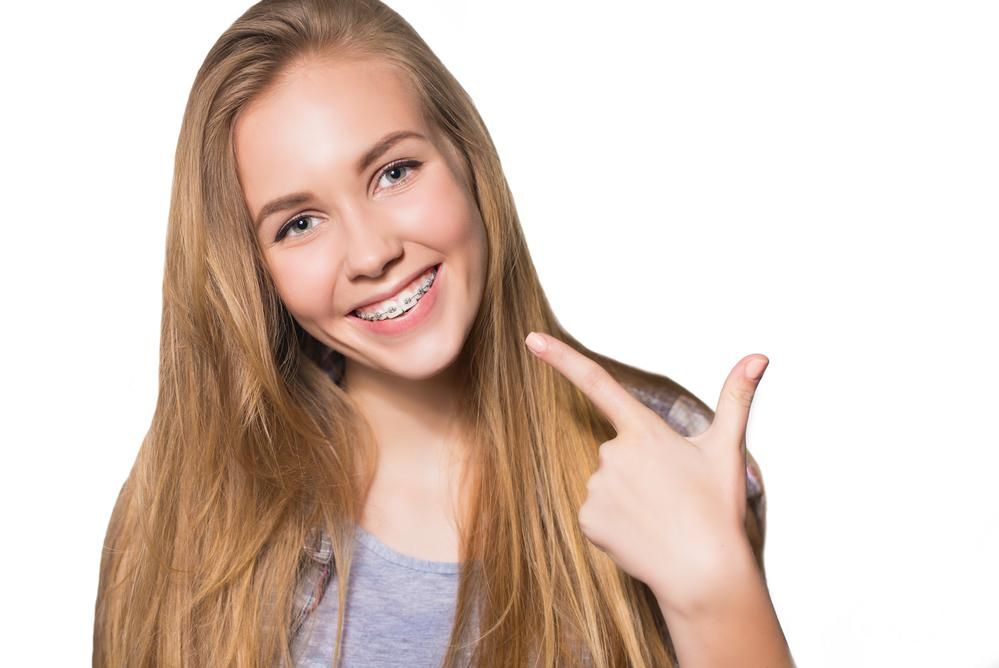Developments in the field of orthodontics continue to offer amazing possibilities for dental esthetics. Individualized treatments, easier recovery processes, anchorages for higher precision, 3D visuals for imaging, to clear braces, are just some of several dental procedures that patients can benefit from.
However, the field with the biggest demand is that of teeth-straightening orthodontic treatments. One of the biggest mainstream trends in orthodontic treatments is clear aligners, especially popular among teenagers and younger adults. Like braces, these are designed to do their job but are discreet and far more comfortable. Clear aligner treatments may have some limitations, but researchers have shown that the science behind the various treatments offers several benefits.
Current Mainstream Trends
Teeth straightening treatments have come a long way thanks to technological advancements. Advances in the field of traditional braces mean that more and more people are guaranteed results for severe teeth straightening and major overbite issues. These braces are lightweight, customizable, comfortable, come in both colorful and discreet designs, and often have self-tightening brackets.
Digital imaging is another trend that has revolutionized orthodontic treatments. This gives a better impression of the teeth than manual impressions and also allows patients to visualize what their teeth will look like on completion of the orthodontic treatment.
Finally, clear braces have made teeth straightening treatments inconspicuous. Whether a patient chooses Invisalign, requiring regular visits to an orthodontist, or any of several at-home clear aligners, optimal results are guaranteed.
Clear Aligner Systems
It may be surprising for some to discover that clear aligners have been around since 1945 when Dr. Harold D. Kesling backed the idea of using a rubber appliance to help move teeth. Since then, several appliances were created and modified on the same principle using thermoforming plastics in what was a laborious process requiring impressions at every dental visit.
It was in 1997 that the most practical solution arrived. Called Invisalign, this was a clear aligner system that was created digitally by Zia Chishti and Kelsey Wirth. It was the first comfortable and convenient alternative to braces, but could only be fitted by a dentist or orthodontist.
Several alternative teeth straightening clear aligners are now available on the market, aimed at those who want an at-home treatment. They are ideal for dealing with cases of less severe teeth straightening.
Comparing Clear Aligner Systems
With over 20 years on the market, Invisalign is an in-office treatment. Despite being expensive, it has proved popular because it offers malocclusion treatment for mild and moderate cases. Moreover, when combined with elastics, it also rectifies severe problems.
There are several in-home treatments on the market, including Byte, Candid, and AlignerCo. These treatments are undertaken under the supervision of a dentist or orthodontist, but the patient doesn’t require office visits. With these at-home solutions, the patient must make their own impressions. On average, treatment requires half the time of in-office aligners and is more economical. These are not designed to treat severe misalignments.
For anyone wanting to find out more, read this comparison by Smile Prep, the online media company covering innovations in cosmetic dentistry.
Benefits and Limitations of Clear Aligners
One of the first benefits of clear aligners is their esthetics. Whether a patient opts for Invisalign or one of the at-home treatments, the aligners are made of a transparent material, making them discreet.
Since they are free of wires and brackets, they are comfortable to wear. Patients must wear them for over 22 hours daily during the treatment, but they are removable allowing better oral hygiene and no food restrictions. There is also an option of choosing the nighttime treatment, where the aligners are worn for ten hours daily.
Thanks to digital planning, clear aligners offer a predictable treatment time. For those that opt for Invisalign, there are decreased dental office visits, and patients opting for at-home aligners require none. Depending on the malocclusions, there is a suitable clear aligner treatment for everybody. Finally, the material used minimizes problems requiring emergency appointments.
The limitation of clear aligners is that they are dependent on the patients complying with the mandatory wearing time, and they can easily be misplaced because they are removable. In cases requiring complex movements, aligners are used in conjunction with other treatments. Invisalign has a higher cost than at-home treatments. Initially, with all aligners, most patients complain of slurring speech but this problem subsides as they become accustomed to them.
Conclusion
Of all the mainstream trends in orthodontics right now, clear aligners have made the greatest impression. This is because they allow patients the choice to either have them done in-office by their orthodontist or to choose the cheaper and faster at-home treatments that combine another mainstream trend, teledentistry.












